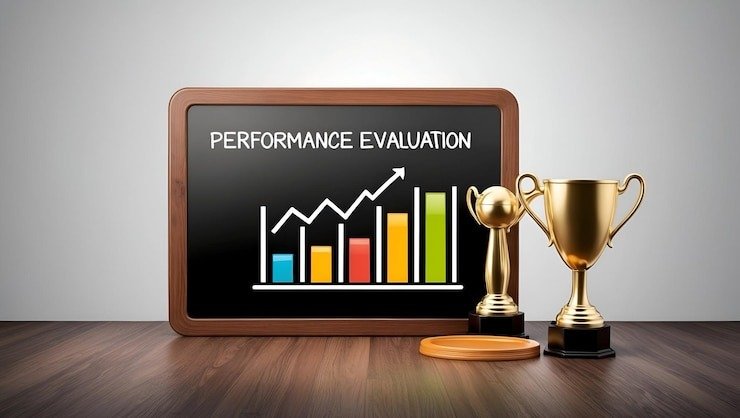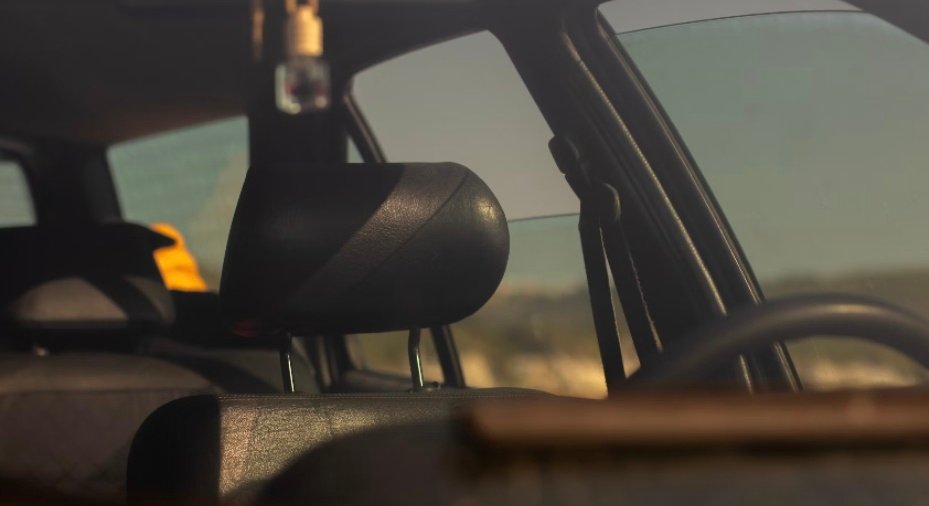Click Depth: Is It a Google Ranking Factor?
In the dynamic landscape of search engine optimization (SEO), one of the often overlooked aspects is “click depth.” While many focus on backlinks, keywords, and content quality, click depth is crucial in determining how search engines, notably Google, rank web pages. This article explores the relationship between click depth and SEO, whether it is a direct ranking factor, and best practices to optimize your website for better search engine rankings.
The Ultimate Guide to Google’s Local Guide Program: Everything You Need to Know
What Is Click Depth?
Click depth, also known as page depth, refers to the number of clicks it takes for a user to navigate from the homepage of a website to a specific page within the site. The homepage is generally assigned a click depth of 0, and each subsequent click to reach a deeper page increases the click depth by one. For instance, if you navigate from the homepage to a category page and then to a product page, the product page would have a click depth of 2.
Click depth is not just a user experience (UX) metric; it has significant implications for SEO. A page buried deep within a website (i.e., with a high click depth) may be less likely to be crawled by search engine bots, adversely affecting its chances of being indexed and ranked.
Example of Click Depth:
To illustrate, consider an online bookstore with the following structure:
- Homepage
- Click 1 – Categories (e.g., Fiction, Non-Fiction, Comics)
- Click 2 – Subcategory (e.g., Fiction > Novels)
- Click 3 – Specific Book Page (e.g., “The Great Gatsby”)
In this example, the page for “The Great Gatsby” has a click depth of 3. It is generally recommended that important pages on a website have a click depth of no more than 3 to ensure they are easily accessible to both users and search engines.
Web Hosting SEO techniques course in Chandigarh
Is Click Depth a Ranking Factor in Google?
Google’s Approach to Click Depth:
Whether click depth is a Google ranking factor has sparked much debate among SEO experts. While Google has not explicitly confirmed that click depth is a direct ranking factor, it is widely acknowledged that it influences how search engines perceive and crawl your site.
Google’s John Mueller has indicated that the number of clicks it takes to reach a page from the homepage is an important signal. Pages with a lower click depth are more accessible to discover and crawl, making them more likely to be indexed and ranked. Conversely, pages with a high click depth may be less frequently crawled, potentially leading to lower rankings.
Lawyers Firm SEO Services USA: Enhancing Online Visibility for Legal Practices
Impact on PageRank:
Click depth is closely related to PageRank, a metric used by Google to evaluate the importance of web pages. PageRank works on the principle that essential pages are more likely to receive links from other important pages. Since pages closer to the homepage generally receive more internal links, they tend to have a higher PageRank. Thus, reducing the click depth of a page can positively impact its PageRank, which in turn can boost its rankings.
However, it is essential to note that more than click depth is needed to guarantee high rankings. It should be considered part of a broader SEO strategy that includes content quality, keyword optimization, and a solid internal linking structure.
The Role of Internal Linking:
Internal linking is linking one page of a website to another page within the same domain. It is a vital SEO tactic that helps distribute PageRank across your site and can reduce the click depth of essential pages.
For example, if you have a high-value page buried deep within your site, you can improve its visibility by adding internal links from pages closer to the homepage. This reduces its click depth and signals to search engines that the page is important.
Does Google Use Click-through Rate (CTR) as a Ranking Factor?
Understanding CTR:
Click-Through Rate (CTR) is the ratio of users who click on a specific link to the number of total users who view a page or an email. In SEO, CTR is the percentage of users who click on your website’s link when it appears in search engine results pages (SERPs).
Google’s Stance on CTR:
The SEO community is speculating about whether CTR is a ranking factor for Google. A higher CTR signals to Google that a page is relevant and should be ranked higher. However, Google has repeatedly stated that CTR is not a direct ranking factor.
That said, CTR can indirectly influence rankings. For instance, if a page consistently receives a high CTR, it might indicate to Google that it is highly relevant to users’ queries. As a result, Google might start ranking that page higher. This is more of a correlation than causation, where a well-optimized title and meta description can improve CTR, leading to better rankings over time.
What Are Google Ranking Factors?
Google’s search algorithm uses a complex system of over 200 ranking factors to determine the relevance and authority of web pages. These factors can be broadly categorized into the following:
- Content Quality: Google prioritizes high-quality, relevant, and unique content that answers users’ queries. Well-researchedWell-researched, informative, and free of plagiarism content content tends to rank higher.
- Backlinks: The number and quality of backlinks pointing to your site are crucial indicators of your site’s authority. High-authority sites that link to your content act as endorsements, signaling to Google that your content is valuable.
- Technical SEO: This includes site speed, mobile-friendliness, HTTPS, and structured data. A well-optimized technical foundation ensures that Google can easily crawl and index your site.
- User Experience (UX): Google considers UX elements such as site speed, mobile usability, and the presence of intrusive pop-ups. A site that offers a seamless and enjoyable user experience is more likely to rank higher.
- On-Page SEO: This involves optimizing individual pages for specific keywords. On-page SEO factors include title tags, meta descriptions, header tags, and keyword usage within the content.
- Engagement Metrics: While Google does not officially confirm using metrics like bounce rate and time on page as ranking factors, these can indirectly impact rankings. Pages that keep users engaged are more likely to rank higher.
- Internal Linking: As discussed earlier, internal linking helps distribute PageRank across your site and improves the crawlability of your pages.
- Click Depth: While not a direct ranking factor, click depth affects how easily search engines can discover and crawl your pages. Keeping important pages close to the homepage can improve their chances of ranking higher.
The Relationship Between Click Depth and PageRank
PageRank, one of Google’s earliest algorithms, evaluates the quality and quantity of links pointing to a webpage to determine its importance. Pages closer to the homepage typically receive more internal links, boosting their PageRank.
Click depth plays a significant role in this context. Pages with a low click depth are likelier to have a higher PageRank because they are easier for users and search engines to find. Conversely, pages with a high click depth may receive fewer internal links and, as a result, may have a lower PageRank.
To improve the PageRank of deep pages, it is essential to reduce their click depth by adding internal links from pages with higher authority. Additionally, restructuring your site to ensure essential pages are easily accessible from the homepage can significantly improve their PageRank.
Click Depth, Visualizer,
A click depth visualizer is a tool for visualizing the click depth of your website’s pages. It typically presents a hierarchical map of your site, showing how many clicks it takes to reach each page from the homepage. Using such a tool, you can quickly identify pages with high click depth and take corrective measures to improve their accessibility.
Various click depth visualizer tools, such as Screaming Frog and Sitebulb, offer visual representations of your site’s structure. These tools allow you to see which pages are buried deep within your site and must be brought closer to the homepage for better crawlability and ranking potential.
Best Practices to Improve Click Depth Issues
If your website suffers from poor click depth, here are some best practices to address the issue:
- Add Internal Links: Internal links are one of the most effective ways to reduce click depth. By strategically linking pages within your content, you can make essential pages more accessible to users and search engines.
- Increase High-Level Categories: Keep high-level categories as close to the homepage as possible. This minimizes the number of clicks needed to reach these categories, ensuring they are easily crawlable and indexed by search engines.
- Reduce Pagination: Excessive pagination can increase click depth and make it easier for search engines to crawl your site. To improve accessibility, limit pagination to a reasonable number of pages (e.g., 5).
- Increase Site Speed: A fast-loading site improves user experience andsearch engine crawlers can efficiently navigate your pages. Improving site speed caimproves user experience andier for bots to reach deeper pages.
- Fix 404 Errors and Redirects: Broken links and 404 errors can impede crawl ability and increase click depth. Regularly audit your site to identify and fix any broken links or errors.
- Consolidate Low-Depth Pages: If you have multiple low-depth pages with similar content, consider consolidating them into one page. This reduces click depth and improves the overall quality of your content.
Final Thoughts: Is Click Depth Important?
Click depth is an often-overlooked aspect of SEO that can significantly impact your website’s performance in search engine rankings. While it may not be a direct ranking factor, it influences how easily search engines can discover and index your pages. By reducing click depth, improving internal linking, and optimizing your site’s structure, you can enhance your website’s crawlability, increase PageRank, and ultimately achieve better rankings in Google.
Frequently Asked Questions
Q1: Is click depth a direct Google ranking factor?
- No, click depth is not a direct ranking factor, but it significantly affects how Google crawls and indexes your site, which can influence your rankings.
Q2: How many clicks should it take to reach essential pages?
- Ideally, essential pages should be no more than three clicks away from the homepage to ensure they are easily accessible to users and search engines.
Q3: Does internal linking affect click depth?
- Internal linking can effectively reduce click depth by making deep pages more accessible from the homepage or other high-authority pages.
Q4: Can a click-depth visualizer help improve SEO?
- Yes, a click-depth visualizer can help identify pages with high click depth, allowing you to take corrective actions to improve their accessibility and ranking potential.
Q5: What other factors should I consider alongside click depth for SEO?
- Alongside click depth, focus on content quality, backlinks, technical SEO, user experience, and internal linking to create a comprehensive SEO strategy.
This article provides a comprehensive look at click depth and its impact on SEO, offering practical tips and insights for improving your website’s performance in search engine rankings.




